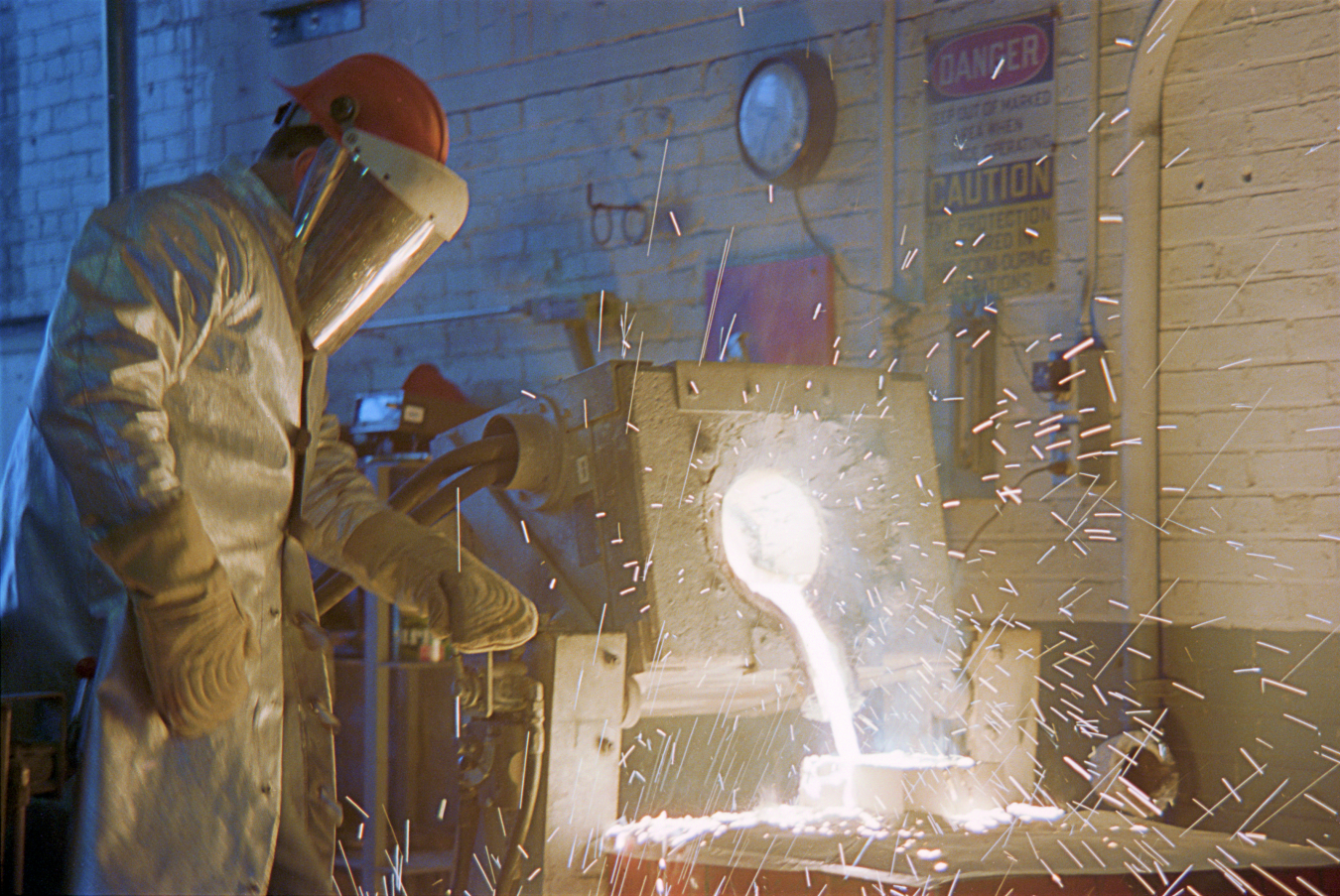
Alloys are metals combined with other substances to improve specific properties, and different alloying elements impart different properties. For example, alloying stainless steel with chromium enhances corrosion resistance, while alloying stainless steel with carbon provides increased mechanical strength. Mixing and matching various elements could very well result in the perfect material for a given application, but did you know there is a better way? NETL’s award-winning computational process fosters discovery and innovation for much-needed materials solutions without the time and cost of traditional physical experimentation.
A new process developed by NETL researchers is revolutionizing alloy development and ushering in materials needed for ultra-efficient advanced energy systems. Recently recognized with an R&D 100 Award, NETL’s Computationally Optimized Homogenization Heat Treatment Process provides an easier, faster method to optimize the alloy preparation stage known as “heat treatment,” which enables metallurgists to mix alloying elements and work through the materials to impart particular characteristics. In this case, the new process allows more precision in making an alloy uniform with a minimum of furnace time.
Conventional processes for homogenizing metal alloys have relied upon trial-and-error approaches, which increases process cost and limits the possible paths to explore. When cast, most alloys are irregular or inconsistent at the microstructure, which can cause stresses and instabilities. To correct this, alloys undergo a process called “homogenization,” which is a type of heat treatment used to reduce chemical separation and make cast structures more stable and easier to work with. A properly homogenized alloy will not only perform better but will also have an extended lifecycle.
The technology is especially useful for alloys that are exposed to extreme environments, including heat-resistant alloys or those needing corrosion/oxidation resistance—this is vitally important because these are exactly the kind of alloys needed for ultra-efficient, ultra-clean energy systems.

